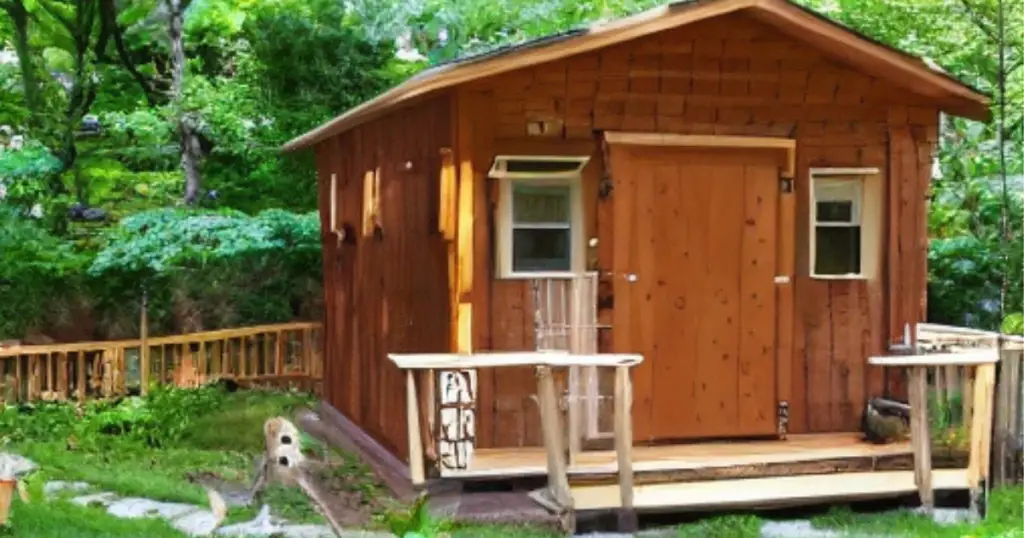Hi guys, nowadays mini split is used in every era of life from winter to summer. Mini split system is a small air conditioner or heater that cools or warms one room of the house. It has two main parts an indoor unit and an outdoor unit. They’re connected by tubes that carry refrigerant, which helps to cool or warm the air. Everything in the market has advantages as well as disadvantages, so I have discussed some disadvantages of mini mini-split system after complete observation
Disadvantages:
Initial cost:
The main disadvantage is it huge cost that affects your pocket. Because when you spend a huge amount on the mini split system but it does not provide good advantages then these things hurt you deeply. The initial cost of a mini-split system typically ranges from around $1,500 to $5,000, depending on various factors: brand, capacity, number of indoor units, and installation requirements. This cost includes the price of both the indoor and outdoor units, installation materials, and necessary permits.
Complex installation:
A mini-split system installation is a bit complex. First, you need to choose the right spot for both the indoor and outdoor units. This complex installation involves running refrigerant lines and electrical wires between the indoor and outdoor units, which is a bit technical. If you’re not familiar with this work, then it will be best for you to hire a professional to do that.
How to install?
Limited coverage:
Due to limited heating and cooling capacity, mini split system is not suitable for large homes and rooms either. That’s why many mini-divided systems are required for a complete home which leads to an increase the installation and maintenance costs. And then, mini split brands to avoided by many people due to these reasons.
Irritated noise:
Mini-split systems are generally quieter than window air conditioners, but they still produce some noise, which is a concern for noise-sensitive individuals in areas. Mini split are cheap that’s why its capacity is slower than others. That’s why mini splits create the irritated noise.
Its noise is less in the beginning of use but later on, its noise increases timely. Nowadays, most people avoid these mini-split brands. You must check the performance of the mini split before purchasing.
Maintenance requirements:
Mini-split systems require regular cleaning and maintenance for efficient performance, including filter cleaning, coil cleaning, and unit changing($400). These all things changes or cleaning effect the pockets of the homeowner and it is time time-consuming process.
Additionally, the mini-split system is energy efficient but still disturbs the environment. You have to maintain this system timely so your system survives. According to the green building advisor, the average yearly maintenance cost of a mini split system is estimated to be $1200.
Energy efficiency:
Mini split system is designed in a such that it consumes less energy and produces the best result but it still takes much energy to consume. Taking more energy causes costs that affect the homeowner’s budget.
Dependent on electricity:
Mini-split systems rely on electricity for operations which is a disadvantage for those people regions where the power supply is unreliable on the other hand some heating systems can operate independently on electricity. Mini split uses electricity between 500 and 1500 watts per hour.
Space issues:
Mini split systems require an indoor unit and outdoor units for taking good and efficient results of systems that take up much space and cause placement issues.
Performance issues:
Mini split systems performance is low at the extreme temperature. This happens because the system has to work extra hard to overcome the extreme temperatures outside and inside. Some mini splits use a heat pump to warm the air, and when it’s super cold, the heat pump is not able to extract enough heat from the outside of the air. So, in extreme temperatures, systems do not perform well.
Conclusion:
The disadvantages of mini-split systems include their initial cost, which ranges from $1,500 to $5,000 depending on the brand (Mitsubishi mini split manual) and installation needs. Installing them is complex and often requires professional help due to running refrigerant lines and electrical wiring. They also have limited coverage, meaning multiple units may be needed for larger spaces, increasing installation and maintenance costs.
Faqs:
What are the negatives of mini splits?
Performance issues, much more costly, dependent on electricity, noise, and limited coverage are the negatives of mini splits systems. Its installation and maintenance cost is mainly near its actual value.
Where should you not install a mini-split?
You should not install it where air pressure is high, in spaces with high levels of heat like ovens, and near the electrical devices and electrical circuit. Don’t install it in an area where flooding and humidity are at a high level, because the moisture damages the system components. Near sources of extreme heat, such as ovens or fireplaces, can affect the system’s performance.


